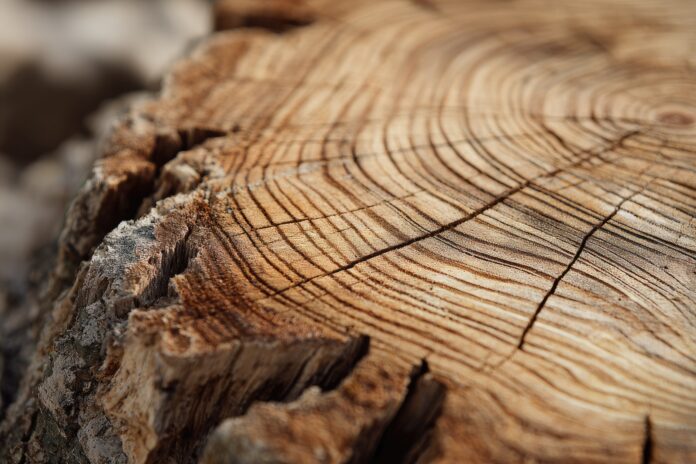Trees Remember Water: Unraveling Nature’s Long-Term Memory
Trees remember water—not just in the rings of their trunks, but in the very structure of their cells, leaves, and branches. Recent scientific discoveries reveal that trees retain a memory of both abundant rainfall and dry spells, a phenomenon that has profound implications for forest management and our understanding of how ecosystems adapt to climate change.
Legacy Effects: How Past Water Shapes Tree Survival
Most importantly, studies show that trees exposed to generous water as they grow develop lasting “legacy effects,” which influence their structure and function for years after conditions change. Researchers call this ecological memory. For example, a Scots pine that thrived during years of irrigation will continue to exhibit anatomical features suited for wetter climates, even after irrigation stops. Their wood cells, leaf structures, and water-use strategies reveal these enduring memories [1] [2] [4].
Scientific Breakthroughs: Peering Inside Trees’ Past
To uncover how trees remember water, scientists conducted long-term experiments in the arid forests of the Swiss Alps. In one groundbreaking study, they irrigated half of a Scots pine forest for nearly a decade. After stopping irrigation, they used advanced X-ray microscopy to analyze the anatomy of the pine trees’ needles and twigs. The results were astonishing: trees previously pampered with water appeared less capable of coping with new droughts. Their needles showed more signs of stress and contained less photosynthetic tissue, indicating lower energy reserves needed to survive hard times [4].
Why Some Trees Struggle—and Others Survive
This memory isn’t always beneficial. Trees that experience only drought—having no recollection of lush, rainy periods—are often better prepared for dry conditions. Their biology doesn’t “expect” water, so they develop smaller cells and invest more in structures that conserve resources. In contrast, mature trees accustomed to abundance may find it hard to adapt when faced with scarcity, almost as if they are waiting for better times to return [3] [2].
Lessons for the Future: Young Trees and a Changing Climate
Therefore, young trees that grow up under challenging conditions display remarkable resilience. They lack a memory of abundance, so drought becomes their normal. This adaptive toughness means that, as our world grows hotter and drier, future forests may be populated by trees inherently equipped to weather prolonged water shortages [5].
Applications: Forest Management and Climate Adaptation
Because trees remember water, forest managers must rethink reforestation and conservation strategies. Choosing to plant young trees adapted to drought could help sustain forests in an era of unpredictable rainfall. Besides that, understanding legacy effects can guide which species or individuals might thrive as climates shift, informing decisions that shape the forests of tomorrow.
Conclusion: Memory Matters in the Forest
Trees are more than passive survivors—they are living archives of environmental history. Their ability to remember water abundance and scarcity, sometimes to their own detriment, is a testament to nature’s complexity. This memory, embedded in every cell, ensures that forests are shaped not only by today’s climate, but by the echo of seasons long past.
References
- Older Trees Remember Their Past Water Conditions | Humboldt NOW
- The memory of past water abundance shapes trees 7 years later | PubMed
- Young trees without memory of water may survive drier world | Anthropocene Magazine
- Trees ‘remember’ times of water abundance and scarcity | Science News
- Scientists make astonishing discovery about how trees have memories | The Cool Down



